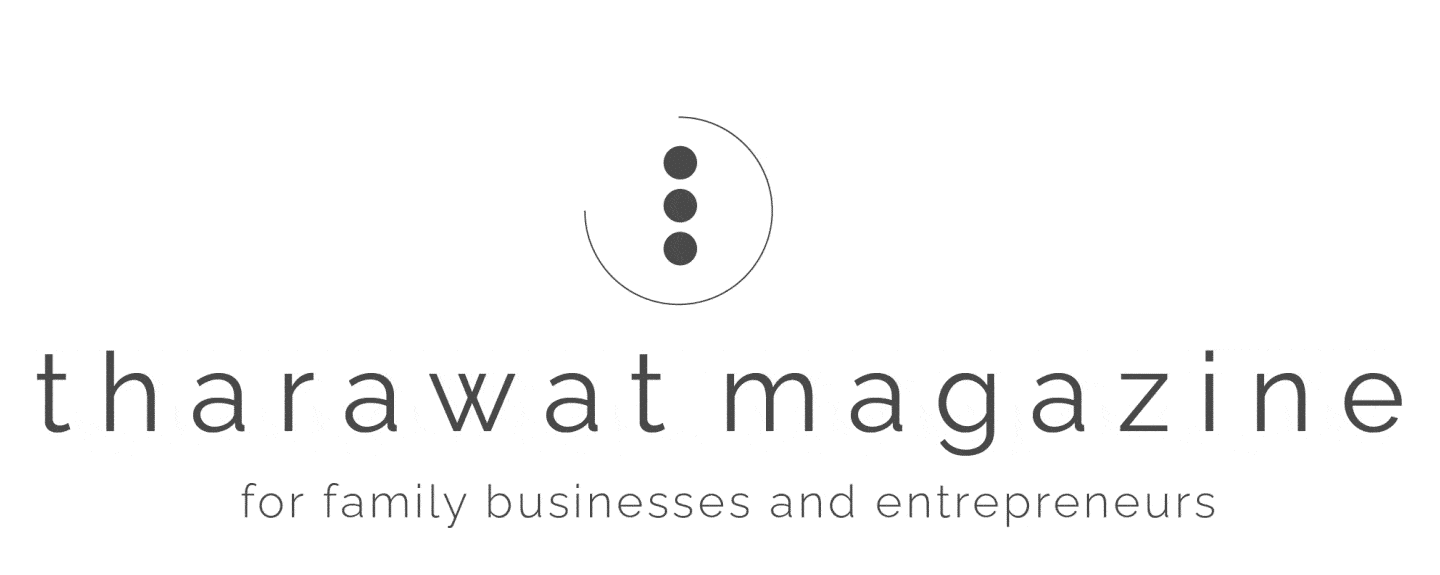
Rishi Patel felt caught in the middle. His very traditional father, Jagdish Patel, had founded a small pharmaceutical company in India which had expanded in size and reach until the family achieved prosperity far beyond any initial expectations. He now expected the family enterprise to pass eventually to Rishi’s two sons and daughter – Jagdish’s grandchildren – who were currently either in university or graduate programs in London, excelling in the sciences or law. But pressures were building within the family. The third generation had been educated in the UK since their early teens and were very Westernized in their thinking, habits, patterns of communication and attitudes. They could take their pick among multiple careers in virtually any part of the globe, or they could return home to the family enterprise. For everyone, much depended on Rishi’s capacity to bridge the traditional worldview and expectations of his father with the modern, global perspectives of his children.
The Unique Position of Global Second-Generation Family Members
A recent companion article about the second generation (G2) in family businesses[1] presented an upbeat view of this often-maligned generation. Whereas first-generation (G1) wealth creators and business founders are typically revered for their entrepreneurial dynamism, the next generation is frequently viewed with skepticism or limited expectations that they simply not ruin what their parent created. In reality, many G2s propel the family business forward in necessary and innovative ways.
For global enterprises, an added dimension is whether the family is transitioning from one global culture to another while navigating a key leadership succession. Generational transition is difficult enough within a single cultural tradition. What if the younger generation have been raised in a more global or broader cultural environment than their parents? Generational transitions across cultures are fraught with extra stresses, pressuring what we see as the “bridge generation” caught in the crossfire. Whether the generational transition succeeds may depend greatly on whether the family identifies and deals with the cultural transition under the surface.

Today’s world contains diverse cultural traditions actively interacting with each other. Highly affluent next-generation individuals raised in one culture encounter other traditions through travel and education. A typology called the Honour-Face-Dignity (HFD) model has emerged in the past decade for understanding the major cultures of the world[2]. The Western model of individualism, meritocracy, personal dignity and rationality has long been contrasted with Eastern cultures that stress harmony, tradition, reverence for elders, preservation of “face” and interconnection. This new typology adds a third model, the honour culture, encompassing seemingly disparate regions as India, the Middle East, Southern and Eastern Europe, Russia, Africa, Indonesia, and Central and South America. Honour cultures are noted for their family/collective orientation, cherishing and fighting for the honour and reputation of the family, distrust of outsiders, strong hierarchical leadership, traditional gender roles, and their indirect but often-dramatic style of communication[3].
The trajectory of the Patel Family demonstrates an increasingly common pattern: a family business arises in an honour or harmony family to create wealth and success, the children or grandchildren are sent off to schools in individualist countries, then those young family members return with new skills, bright ideas and changed cultural attitudes, disrupting the status quo. The third generation (G3) may have little remaining of the family’s deep roots beyond filial respect for their elders. Traditional-minded elders then respond to their returning next gens with either open arms or closed minds.
The Bridge Generation and Its Stresses
In our work with families, we see two main outcomes of this pattern. In adaptive families, individualist ideas of equality, assertiveness, individual self-worth and collaborative discussion are welcomed as useful contributions from the global world and economy. These families develop a resilient blended mindset, integrating the diverse underlying cultural styles[4]. In strongly traditional families identifying with the heritage of the founders, these same individualist attitudes are viewed as a shocking betrayal of the family itself, often with devastating consequences to family relationships.
A full transition from the family’s culture of origin into a modern blended hybrid may take at least two generations to accomplish. This is where the real pressure occurs for those in the middle. As Rishi Patel explained it, “My heart was with my father, but my head was with my children.” He could see how much the next gens were deeply Westernized and individualistic. He understood that their skills with new business practices, global regulatory compliance, legal contracts and gender equality were on a collision course with Jagdish’s Old World ways. He felt drained by the stress, the frequent arguments and the responsibility of somehow finding solutions.
It is the bridge generation of G2, squeezed from above and below, who serve as the translators, interpreters and mediators in the family enterprise between factions defending the past or pressing for the future.

For those caught in the crossfire, and their advisers, we offer several approaches to easing the strain:
- Understand that what may appear as generational conflicts between G1 and G3 may actually be cross-cultural. The most common action by a prosperous honour or harmony family – sending the next generation off to individualist countries to get educated and trained – inevitably plants the seeds for either conflict or adaptation for the family. When planning cross-cultural education, families should be proactive in anticipating and discussing the likely change in cultural attitudes and traditions that will occur. By anticipating and identifying the stresses as cultural rather than personal in nature, these strains may be navigated with less acrimony and greater understanding.
- Use family advisers to help interpret and negotiate the family’s transition. Direct confrontation across generations within honour or harmony families may be quite difficult within the unequal power balance of these cultures. Solicit input from trusted advisers to the elders about the reasonableness of at least listening to what the younger generation may be saying. Peer advisers may be able to help defuse the sense that individualist-trained family members are simply out to betray the family’s heritage.
- Use family advisers also to support any bridge-generation family members charged with trying to make (or keep) peace between warring generations. Bridge-generation members are likely to be exhausted by the constant pressure to form alliances or advocate for hardline positions with either side. It is crucial these bridge-generation members retain the energy to serve their important role in helping the family resolve these difficult dilemmas. The cost to the family is high if bridge generations lose their capacity to help the family move forward.
- Words are important in cross-cultural transitions. Framing new ideas as “adaptations” rather than “changes” connects elders to other times and situations where they themselves had to adapt in business or personal dealings. Help young family members temper their demands for accelerated changes by softening absolute or dramatic language that may be triggering elders’ fears. Saying, “the old ways are no good, we have to change now!” helps no one. Mutual respect must be reflected in the language that is used.
The process of cross-cultural adaptation in affluent global family enterprises is a natural and necessary transition to be navigated, not avoided or resisted. Embrace bridge-generation G2s trying to help the family make this transition successfully – they may ensure the family’s continued prosperity in a rapidly changing world.
_____________________________________________________________
Authors:
James Grubman PhD is an internationally recognized consultant to families of wealth, family businesses and the advisers who serve them. He is the author of Strangers in Paradise: How Families Adapt to Wealth Across Generations and co-author of Cross Cultures: How Global Families Negotiate Change Across Generations.
Dennis T. Jaffe PhD is a San Francisco-based adviser to families about family business, governance, wealth and philanthropy. He is the author of Borrowed from Your Grandchildren: The Evolution of 100-Year Family Enterprises and co-author of Cross Cultures: How Global Families Negotiate Change Across Generations.
[1] Dennis T. Jaffe and James Grubman (2020), Why the second generation can make or break your family business. Harvard Business Review, May 19.
[2] Angela K.-Y. Leung, and Dov Cohen (2011), Within- and Between-Culture Variation: Individual Differences and the Cultural Logics of Honor, Face, and Dignity Cultures. Journal of Personality and Social Psychology, 100(3), 507-526.
[3] See Dennis T. Jaffe and James Grubman (2016), Cross Cultures: How Global Families Negotiate Change Across Generations (Family Wealth Consulting, Turners Falls MA) for an explanation of these three cultural styles and their impact on family enterprises.
[4] James Grubman and Dennis T. Jaffe (2019), Fourth Culture Rising. STEP Journal, July, 62-63.









